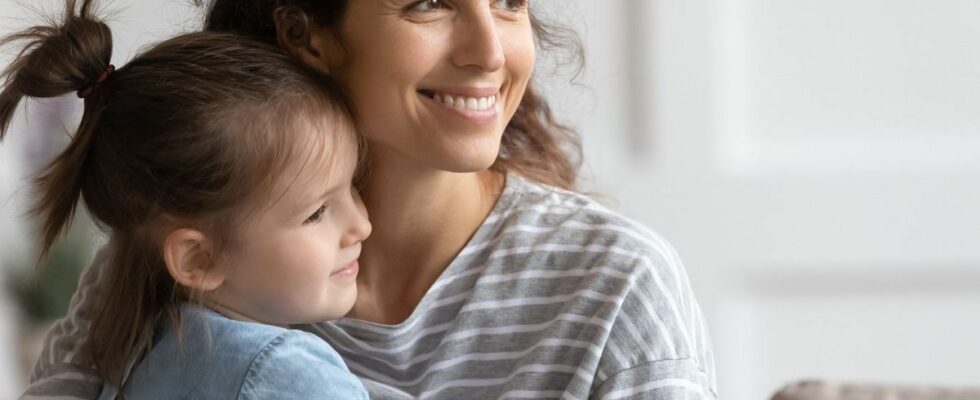Published on
updated on
Reading 2 min.
Parenting is an art, especially when you try not to do too much. The “lighthouse parents” model offers to guide our children, while letting them surf the waves of life at their own pace.
No more overprotection! Make way for an educational model that leaves room for autonomy, while setting limits. A happy medium inspired by “lighthouse parenting”.
Education: between guide and autonomy
We know the “chicken”, “helicopter”, or even “snowplow” parents well. Too protective, they don’t let their children breathe. And this is precisely what “lighthouse parenting” wants to avoid. Invented by Dr. Ken Ginsburg, this model advocates an education where parents are beacons: they light the way while letting their children navigate on their own. As he describes in his book “Raising Kids to Thrive: Balancing Love With Expectations and Protection With Trust” (American Academy of Pediatrics, 2015), parents must be there to prevent collisions without constantly interfering: “We need to make sure they don’t crash into the rocks, but have confidence in their ability to learn to ride the waves on their own.”
In practice, this means that children have the freedom to act, but with clear limits. No question of letting them drift without heading! As psychotherapist Joe Farrell points out, “being there to support and guide [vos enfants]without solving the problems for them, you give them the impression that they have the tools necessary to face life’s difficulties“.
Overprotection, a trap for parents (and children)
Do you think that protecting your children too much makes them happier? Think again. A 2019 study conducted by Florida State University shows that students who had “helicopter” parents are more likely to experience academic burnout. Autonomy and adaptability are essential skills for the future, and overly brooding children often lack them. Moreover, the latter often present depressive and anxious symptoms, and experience difficulty adapting socially.
But despite these facts, parents continue to overinvest in their children’s lives. According to a poll conducted by Morning Consult for the New York Times74% of American parents have already made appointments for their adult child. This is where “lighthouse parenting” comes in: it offers a solution by advocating letting go.
Letting go: easier said than done?
The challenge for many parents is to let their child stand on their own two feet. As Joe Farrell says: “I understand the desire to be very involved… but as they get older, they need to have their own lives.”. This model is not universal: some children will need more attention, but the idea is to find the right balance between freedom and clear guidelines.
So, “star” parents, at your posts! Because ultimately, even though the list of parenting styles is growing (helicopter, bulldozer, tiger, and now lighthouse), the best approach may simply be to do your best, without seeking perfection.

